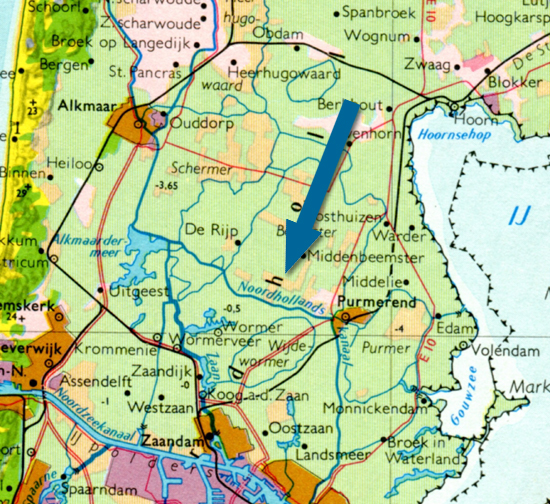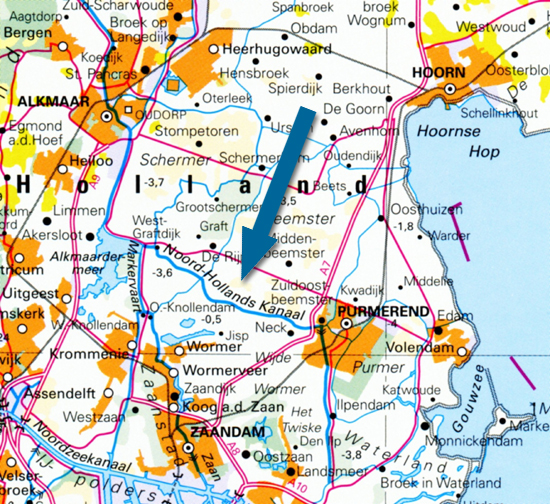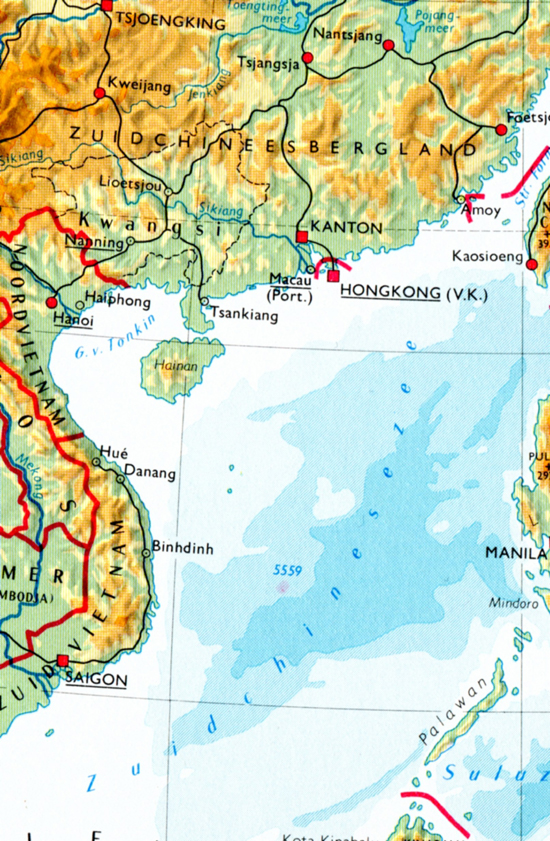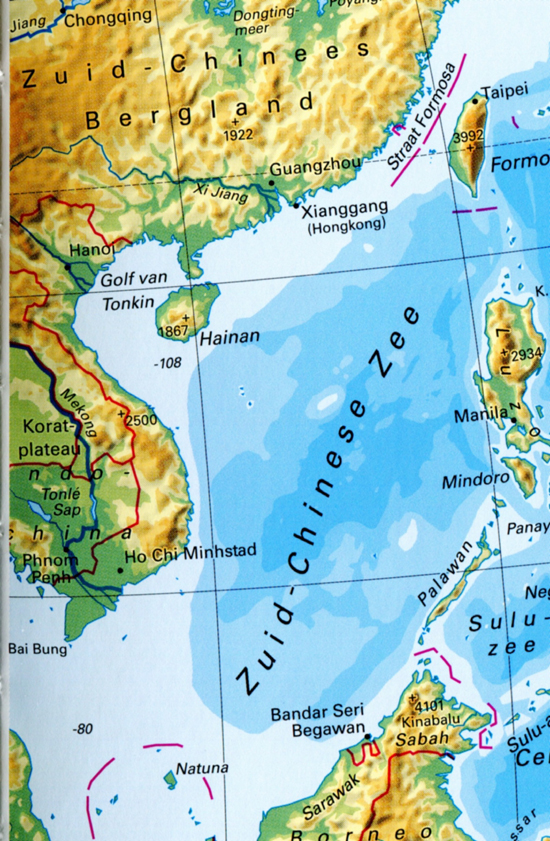| 4) III) Changing orthography - H) Application of new spelling rules | ||
|
ß and ss: In reformed orthography the grapheme ß is considered a separate letter that is to appear only after long vowels and diphthongs. Otherwise it should be written ss. Triple consonants preceding a vowel are no longer reduced (but hyphenation is often used in these instances anyway):
Although the new spelling rules do not apply to geographical names and personal names, they do apply to derived geographical names, for instance when used as adjectives. Application of all the ensuing changes may severely tax the toponymic authorities, and call for some planning measures. Example: The 1995 amendment to the Dutch spelling law of 1947 called for separating name parts that indicated cardinal directions from the geographical name parts by way of a hyphen, for instance Noordhollands was to spelled Noord-Hollands fortwith (see images below). That meant that, on the map, the geographical name Noordhollands Kanaal was to be spelled Noord-Hollands Kanaal. In total, for the Bos school atlas in the Netherlands with a names register of some 30 000 names, this entailed changing some 600 geographical names both on the maps and in the register. Below the Dutch examples (Noordhollands>Noord-Hollands and Zuidchinesezee>Zuid-Chinese Zee) from Bos van Balen Atlas 1960 and Noordhoff Bosatlas 2006.
|
||
|
Home | Self study : Toponymical Planning | Contents | Intro | 1.What is toponymical planning? | 2.I-Name changed due? (a/b/c) | 3.II- Ordering geographical space (d/e/f/g) | 4.III-Changing orthography (h/i) | 5.IV- Technical assistence |



